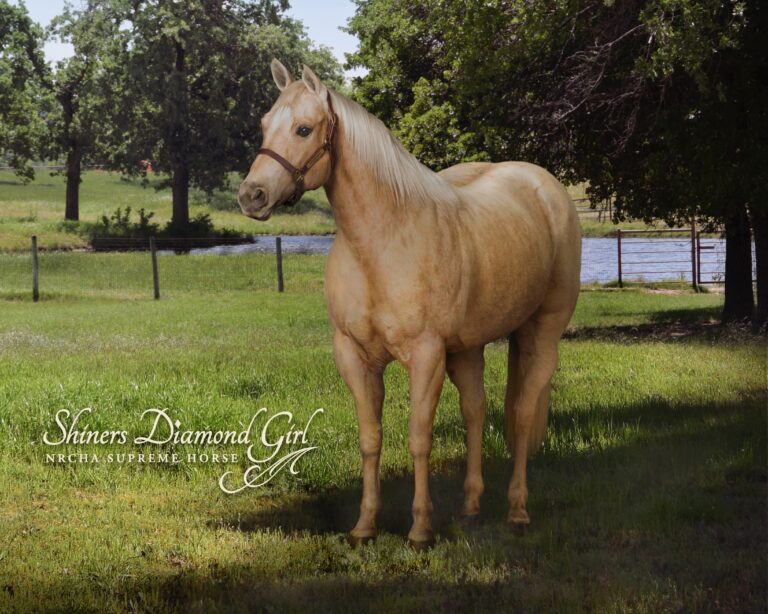It’s important to note that you can show from an à la carte menu at these events, but if you want to be considered for the all-around portion, you must compete in a dry event (a class without a cow), a cattle event, and the conformation class.

Ranch Cutting
This class is laid out very similar to other cutting events. The big difference between ranch cutting and a regular cutting class is that you’re able to lift your hand up while you’re working a cow and help your horse out a little bit. In a regular cutting class, riders are expected to keep their hand down when they’re working a cow.
Depending on the association, you can be asked to cut up to three cattle.
Cow Horse
This event has a lot of variation depending on the association and the level of competition you compete. In the more intro-level classes, you’ll have to box a cow.
Learn More: Introduction to Ranch Riding
The next division is a box-drive-box class, where you box a cow on one end of the arena, then drive the cow down the long side of the fence, and box it on the other end of the arena before driving him back up the arena again.
Upper-level riders will go down the fence and turn the cow once each direction, just like you would see at a regular cow horse event.
The only difference is that after going down the fence, you’ll drive the cow to the middle of the arena and rope it, stop it, and dally to show that you have effectively stopped it. However, depending on the association, you might have the option to circle the cow each direction instead of roping it.
Ranch Trail
Ranch trail shows your horse’s ability to navigate natural obstacles you would see on a ranch or trail ride. There are required obstacles in most associations, like a gate, bridge, sidepass, back through, and logs you walk, trot, and lope over. Some classes include a log drag.
Your horse should be careful with his feet, let you handle him, and be cadenced in his movements.
Read More: Improve Your Horse’s Ranch Riding Lopeover
Stock Horse Pleasure
Stock horse pleasure will also go by ranch riding at certain events, but don’t let that confuse you. This event is shown individually on the rail. There’s a pre-determined pattern, and cones or letters are used as markers to let you know when you make different transitions. You’ll walk, jog, and lope, and extend all those gaits for this class, plus stop and back.
The judges are looking for a horse that’s a pleasure to ride. He should have a nice, forward, ground-covering stride, and be happy and looking through the bridle.
Learn More: Ranch Riding with Bud Lyon
Ranch Reining
Ranch reining is very similar to a regular reining class. Patterns will call for you to do large, fast circles, and small, slow circles, plus sliding stops, rollbacks, and spins.
During this class your horse should have a level topline and be looking through the bridle.
Ranch Horse Conformation
In this class, you’ll show your horse in a plain leather or nylon halter, and he will be judged on his balance, structural correctness, and form to function. Judges want to see a horse that is conformationally built to do the events you did earlier in the day.






